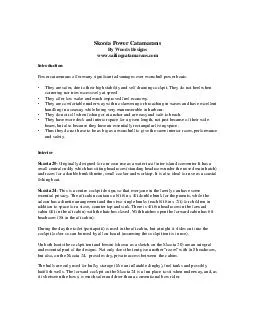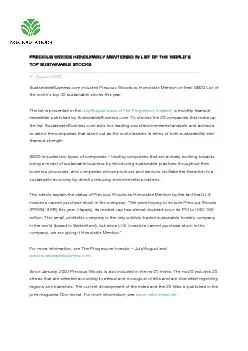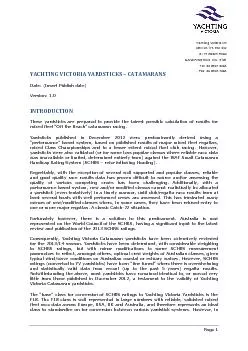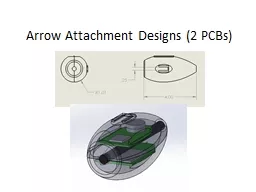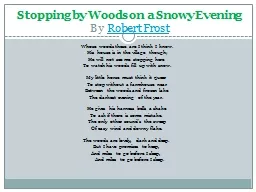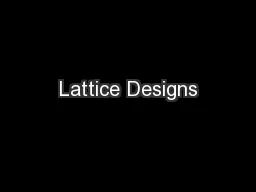PDF-Skoota Power Catamarans By Woods Designs www
Author : faustina-dinatale | Published Date : 2015-03-15
sailingcatamaranscom Introduction Power catamarans offer many significant advantages over monohull power boats They are safer due to their high stability and sel
Presentation Embed Code
Download Presentation
Download Presentation The PPT/PDF document "Skoota Power Catamarans By Woods Designs..." is the property of its rightful owner. Permission is granted to download and print the materials on this website for personal, non-commercial use only, and to display it on your personal computer provided you do not modify the materials and that you retain all copyright notices contained in the materials. By downloading content from our website, you accept the terms of this agreement.
Skoota Power Catamarans By Woods Designs www: Transcript
Download Rules Of Document
"Skoota Power Catamarans By Woods Designs www"The content belongs to its owner. You may download and print it for personal use, without modification, and keep all copyright notices. By downloading, you agree to these terms.
Related Documents

